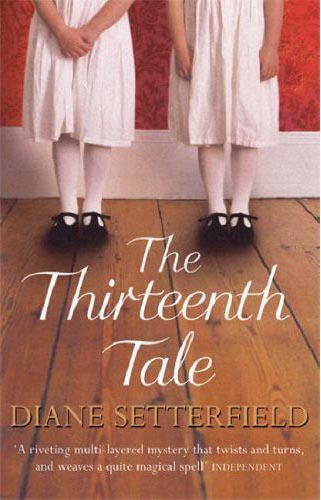It's rural Canada in the 1960s and Jacinta Blake gives birth to a child that has features of the both the male and the female. Advised by doctors who have never seen a true hermaphrodite before, the child is bought up as Wayne around parents that are always anxiously watching him for any signs of 'girlishness'. When he hits his teenage years, Wayne has problems with hormones and self-identity and must slowly come to terms with being who he is, even if that person is very different from those around him. Annabel was short-listed for the Orange Prize.
Annabel is a beautiful, haunting book and I can't say how much I enjoyed it. Winter explores the concept of gender thoroughly - is it biological? Social? Hormonal? I really liked the inter-play of how, having decided that Wayne would be a boy, his parents were constantly on alert and paranoid about normal childhood behaviours - is he being too girly? Is it normal for a boy to like this? Is his voice deep enough? They had the constant fear that Wayne's 'secret' would be discovered and he would turn into the victim of abuse and prejudice. In this way, Annabel also said a lot about life in small rural communities.
One of the things I appreciated most about this book was the characters. At points told from multiple persepectives, all of the characters had real depth about them. My favourite was Wayne's father, Treadway, who at first seemed stereotypically 'manly' but actually had a lot of acceptance and simplicity about him. All three characters who knew about Wayne's birth (his parents and Jacinta's friend, Thomasina), were in some way destroyed by the information, the keeping of the secret, and the damage that might be happening to Wayne. Their stories were just as interesting as the story of Wayne himself.
But what I liked most about Annabel was that it offered no real answers. There was no happy ending where Wayne finally discovered he was a boy or a girl, there was just compromise and probably difficulties still to come. Hermaphroditism is a pretty sensationalist issue to write about, but Winter doesn't glamorise it or set out to shock people, she gives a sensitive account of what it might be like to have to accept that about yourself. She also completely draws you into the world of the book to the extent that you have to take a few seconds to acclimatise yourself to the here and now when you put the book down.
Highly recommended.
Source: Library (reserved)
First Published: 2010
Score: 5 out of 5














